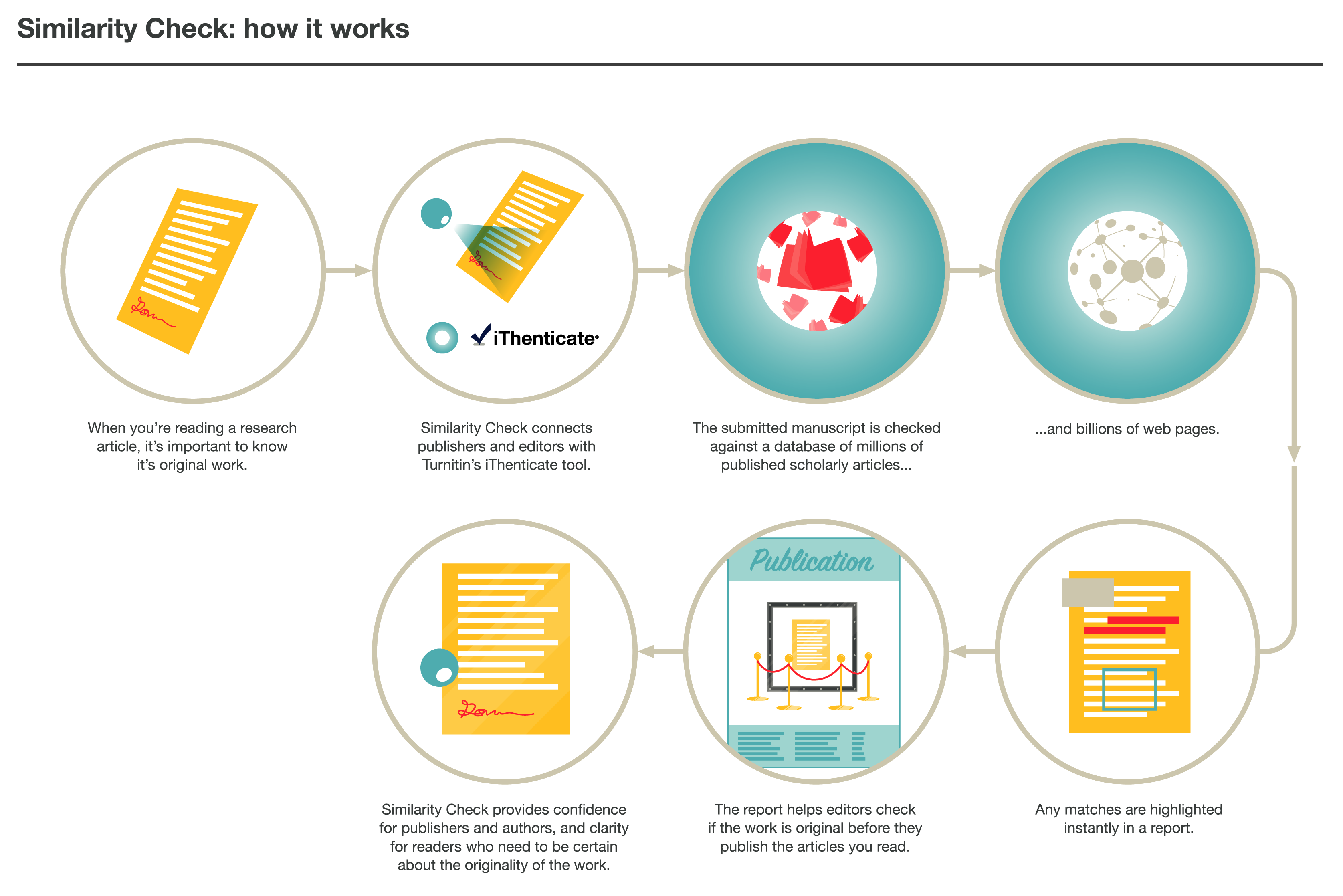
When in doubt, include a note in the cover letter to the Editor. Where work is expanding on a similar previous publication, make sure this is clear, with emphasis on how the work being submitted is new. If you are submitting a paper that resembles a previous publication, it might be worth making sure that the previous paper is referenced and mentioned in the text, where appropriate.Although authors are responsible for submitting original work, the journal should also be mindful of the publishing habits of different subject areas, where the amount of overlap with previous work may vary in acceptability. Whether or not a paper makes a meaningful advancement on previous work – enough to warrant publication – may depend on several factors, such as the publisher’s policies, the journal’s criteria, the editor’s judgement, as well as on the field of research. In this scenario, we would contact the authors and ask them to clarify the difference between the submitted and published work. Text recycling by an author, especially in the Results and Discussion, may be a sign of an author ‘salami-slicing’ their research in to more papers than is necessary or appropriate. This may be seen as a more benign form of plagiarism, however, it still has implications for copyright, and wider implications in the form of redundant publications diluting the publishing landscape. Self-plagiarism is the recycling of text from a previous publication by the same authors. When dealing with a case of possible plagiarism, we would follow COPE’s guidelines.Īlthough the obvious form of plagiarism is the copying of someone else’s work, self-plagiarism is equally an issue for publication ethics. Instances of significant overlap may result in an immediate reject decision. In this case, we may contact the authors for an explanation before we can consider proceeding with the paper. Overlap in the Results and Discussion, on the other hand, is a red flag and will likely require a closer inspection of the overlapping text. Overlap in the Introduction or Methodology may be permissible to an extent, but some cases may require rewriting. When investigating areas of overlap, we consider the following points: Where is the overlap (Introduction, Methodology, Results, Discussion)? How much overlap is there (snippets of text or chunks of verbatim overlap)? Is it the same authors? How long ago was the paper published? In introducing these checks, the journal is not trying to trip authors up, but help them and ensure that we do our bit to support ethical publishing. We were relying heavily on Editors and reviewers to spot overlap, and this was no longer sustainable given the volume of manuscripts. We introduced routine iThenticate checking on our journal Royal Society Open Science in 2018 to respond to the large growth in manuscript numbers the journal has seen since launch. Each source can be investigated individually and can be viewed side-by-side with the newly submitted text. iThenticate displays the manuscript with colour-coded highlighted text that corresponds to the specific overlapping sources. The score normally consists of several different sources, each with their own score that contributes to the total percentage overlap.

The tool enables us to compare a newly submitted manuscript with the world’s largest comparison database of scientific publications 1 with the aim of identifying any potential cases of plagiarism or self-plagiarism.Įach manuscript check in iThenticate generates a percentage overlap score. Royal Society Publishing is a participant of Crossref Similarity Check, an initiative between the scholarly publishing organisation Crossref, and the plagiarism detection software, iThenticate.


 0 kommentar(er)
0 kommentar(er)
